Disclosure: This article contains affiliate links. We may earn a commission from purchases at no extra cost to you, which helps our travel content.
Standing at the summit of Mount Teide last spring, watching the sunrise cast long shadows across Tenerife's otherworldly landscape, I realized some adventures are worth waiting for. At 60, I've hiked many trails, but conquering Spain's highest peak—a dormant volcano rising 12,198 feet above the Atlantic—offered a perspective that simply can't be matched. This wasn't just another hike; it was a journey through ancient geological history, a photographer's paradise, and proof that challenging adventures aren't just for the young backpacker crowd.
Planning Your Teide Summit Adventure
Let me be clear about one thing: climbing Mount Teide isn't something you decide on a whim while sipping sangria at your beachside resort. This adventure requires preparation, especially for those of us with a few more miles on our personal odometers.
First and foremost, you'll need a summit permit from the Teide National Park authorities. These free permits can be secured through their official website, but they're limited and often booked months in advance. I reserved mine three months before my trip, which I'd recommend to anyone planning this adventure. If permits are unavailable for your dates, consider booking a guided tour, which often includes permit access.
The classic route starts at Montaña Blanca (accessible by car or bus) and ascends to the Altavista Refuge where many hikers (myself included) spend the night before tackling the final summit push before dawn. This strategy not only breaks up the challenging hike but positions you perfectly for those magical sunrise photos that make the effort worthwhile.
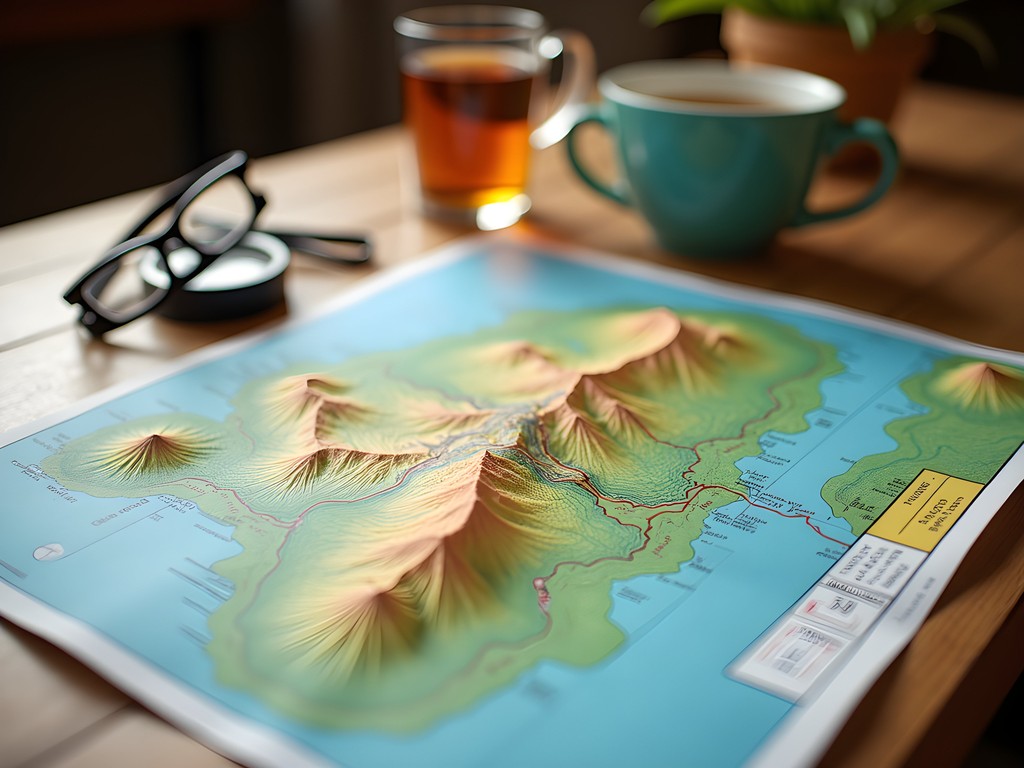
💡 Pro Tips
- Book your summit permit at least 3 months in advance through the official Teide National Park website
- Consider staying overnight at the Altavista Refuge to break up the hike and catch the sunrise
- If permits are sold out, guided tours often have reserved allocations
Essential Gear for Volcanic Heights
Don't let Tenerife's reputation for sunshine and beaches fool you—Mount Teide demands respect and proper equipment. At 12,198 feet, the summit experiences temperatures that can drop below freezing, even when the beaches are sweltering.
I learned this lesson the hard way when my fingers nearly froze while trying to adjust my camera settings for sunrise photos. My heated gloves were absolute lifesavers, allowing me to operate my camera while keeping my fingers functional in the pre-dawn chill.
Layering is crucial, starting with moisture-wicking base layers and adding insulation as needed. My down jacket packed small but provided essential warmth at the summit, where winds can be fierce and temperatures shocking after the heat of lower elevations.
Footwear deserves special attention—the terrain is rough, uneven, and can be slippery with volcanic scree. My hiking boots provided the ankle support and traction needed for both the ascent and descent. After seeing a younger hiker struggle with inappropriate footwear, I was grateful for my comfortable, broken-in boots.
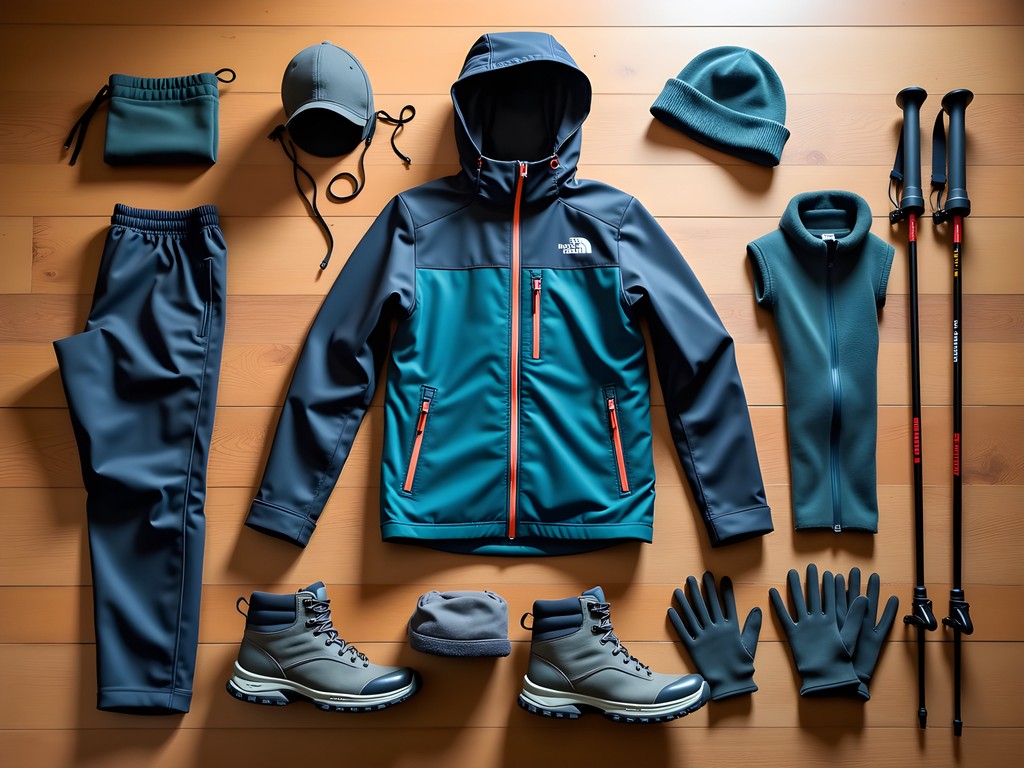
💡 Pro Tips
- Layer clothing to adjust for temperature changes that can vary by 30°F from base to summit
- Pack a headlamp with fresh batteries for pre-dawn hiking if staying at the refuge
- Bring at least 2-3 liters of water as the air is extremely dry and there are no water sources on the mountain
The Altavista Refuge Experience
At 3,260 meters (10,700 feet), the Altavista Refuge offers basic but welcome shelter for hikers preparing for the final summit push. Don't expect luxury—this stone mountain hut provides bunk beds, communal dining space, and the chance to acclimate to the altitude before tackling the final ascent.
I arrived mid-afternoon after a challenging 4-hour hike from Montaña Blanca, giving myself time to rest and adjust to the thinner air. The refuge costs about €25 per night and must be booked in advance through their official website. Spaces are limited and fill quickly during peak season.
Dinner is self-catered, so I packed lightweight, energy-dense foods. My backpacking meals were perfect—just add hot water from the refuge's kitchen facilities. While enjoying my surprisingly tasty Beef Stroganoff, I bonded with fellow hikers from Germany, Spain, and Canada—a reminder that mountains create their own special communities.
Sleep came fitfully due to the altitude and anticipation, but my sleeping bag liner added both warmth and cleanliness to the provided blankets. The 5:00 AM wake-up call came early, but the promise of standing on the summit for sunrise provided all the motivation needed.

💡 Pro Tips
- Book the Altavista Refuge well in advance as spaces fill quickly
- Pack earplugs for better sleep in the communal bunk rooms
- Bring cash as there are no card facilities at the refuge
Summit Day: Capturing the Volcanic Majesty
The final push to Teide's summit begins in darkness. Headlamps bobbing like fireflies, our small group set out at 5:30 AM, determined to reach the peak before the first light. The trail from the refuge to the summit is steep and challenging—only about 1.5 miles but climbing nearly 1,400 feet through switchbacks and volcanic terrain.
As a photographer, I was determined to capture both the journey and the destination. My hiking daypack kept my essential camera gear accessible while maintaining balance on the steep terrain. The side pockets perfectly accommodated my tripod legs while keeping water bottles within easy reach.
Arriving at the summit just as the eastern sky began to lighten, I quickly set up my equipment. The hand warmers I'd tucked into my jacket pockets and camera bag kept both my fingers and batteries functioning in the freezing pre-dawn air—an essential trick for high-altitude photography.
The summit experience is otherworldly. As sunlight gradually illuminated the caldera, the volcanic landscape revealed itself in shades of rust, ochre, and black. Steam vents around the crater rim offered visible evidence of the mountain's dormant—not extinct—status, adding drama to both the experience and my photographs. The smell of sulfur, the absolute silence, and the shadow of the mountain stretching across the island below created a sensory experience I'll never forget.
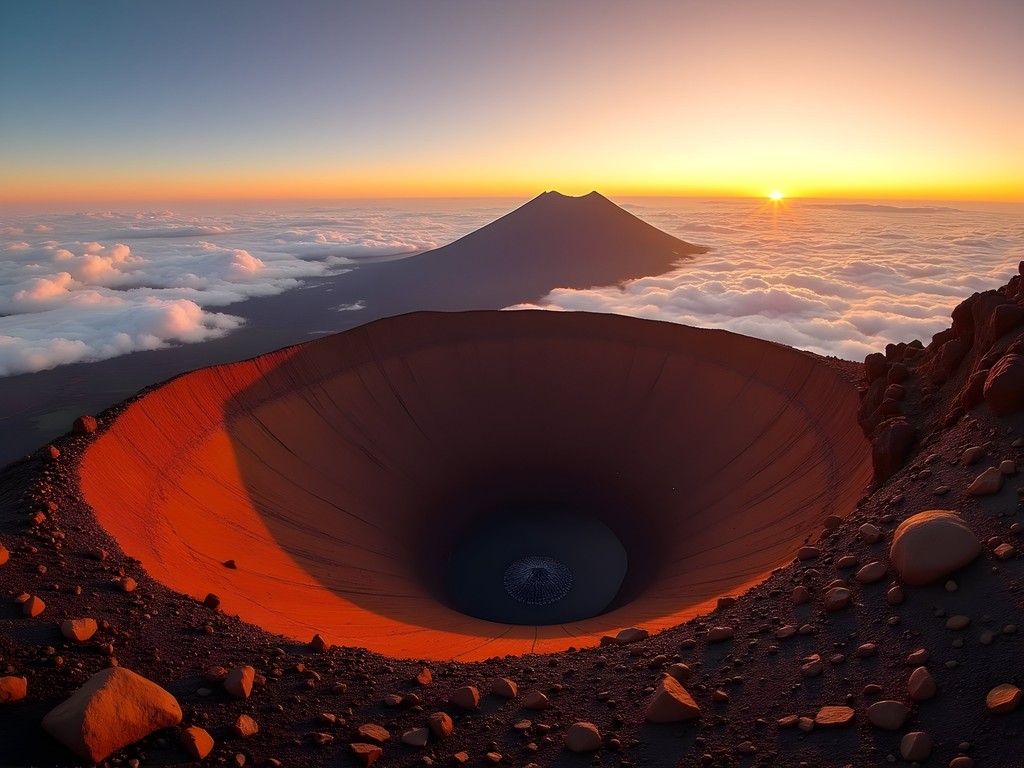
💡 Pro Tips
- Start the final summit push at least 90 minutes before sunrise to arrive in time for the best light
- Keep camera batteries warm in inside pockets to prevent rapid drainage in cold temperatures
- Take time to acclimate at the summit before attempting complex photography setups
Descent and Recovery: Caring for Your Body After the Climb
What goes up must come down, and the descent from Teide can be surprisingly challenging. Many hikers, myself included, find that different muscle groups are engaged when descending, leading to soreness in unexpected places. The loose volcanic scree requires careful footing and full attention.
I chose to take the cable car down from La Rambleta station (just below the summit) to save my knees the punishing descent. At €13.50 one-way, it's money well spent, especially for those of us with joints that remind us of our adventures for days afterward. Note that the first cable car ascends at 9:00 AM, so timing your summit experience to reach La Rambleta after this time is essential if you plan to ride down.
Post-hike recovery shouldn't be an afterthought. My compression socks were the first thing I put on after returning to my hotel. They provided blessed relief to tired calves and improved circulation after the demanding hike.
That evening, I treated myself to a recovery meal at a local restaurant in La Orotava, savoring traditional Canarian potatoes with mojo sauce while reflecting on the achievement. My camera roll was full, my heart was full, and yes, my muscles were certainly feeling the day's efforts—but in that deeply satisfying way that only comes from pushing your limits and discovering they extend further than you thought.
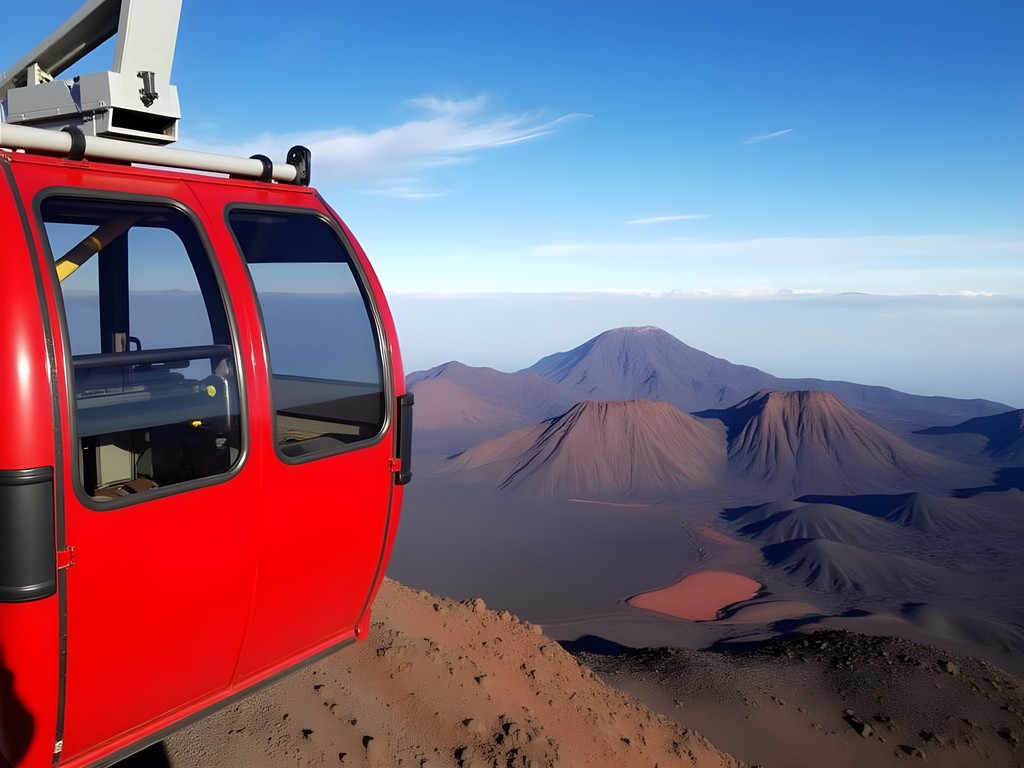
💡 Pro Tips
- Consider taking the cable car down to save your knees on the steep descent
- Reserve recovery time in your itinerary for the day after your hike
- Celebrate your achievement with a special meal featuring local Canarian cuisine
Final Thoughts
Mount Teide isn't just a hike; it's a journey through geological time, a photographer's paradise, and a personal achievement that reminds us age is truly just a number. Standing at Spain's highest point, watching the shadow of the mountain stretch across the island as the sun breached the horizon, I felt both small against nature's grandeur and immensely accomplished.
This adventure requires preparation, respect, and determination—but it delivers rewards that far outweigh the challenges. Whether you're capturing the otherworldly landscapes through your lens or simply absorbing the majesty with your own eyes, Teide offers a perspective on Tenerife that few tourists experience.
As I've discovered in my sixth decade, the most meaningful travels often come with a healthy dose of challenge. Teide pushed my limits physically but expanded my spirit immeasurably. If you're considering this adventure, know that with proper planning, equipment, and mindset, the summit awaits—regardless of the number of candles on your birthday cake. The volcano has stood for thousands of years; it has patience for those who approach with respect and determination.
✨ Key Takeaways
- Secure your summit permit months in advance or join a guided tour with permit access
- Consider staying at Altavista Refuge to break up the climb and position yourself for a magical summit sunrise
- Layer appropriately with quality gear—Tenerife's beaches may be warm, but Teide's summit can be freezing
- Capture the journey, not just the destination—the entire volcanic landscape offers incredible photography opportunities
- Respect your body's limits and plan recovery time after your adventure
📋 Practical Information
Best Time to Visit
Spring (March-June) or Fall (September-November) for mild temperatures and clear skies
Budget Estimate
€200-300 including accommodation, refuge stay, cable car, and meals
Recommended Duration
2 days (overnight at refuge) or 1 very long day
Difficulty Level
Challenging

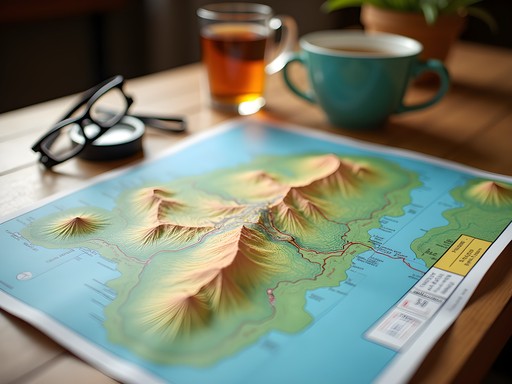
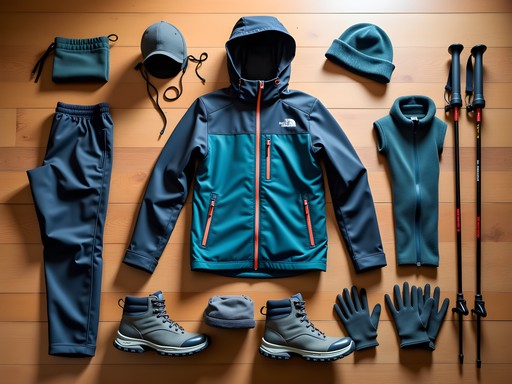
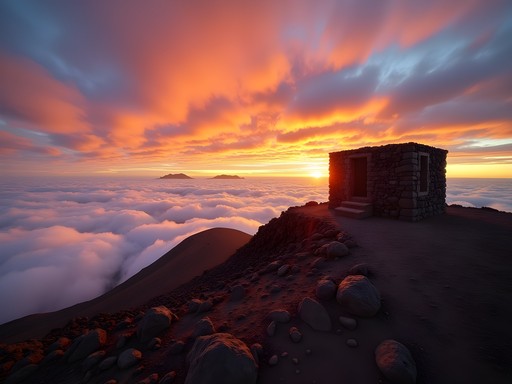
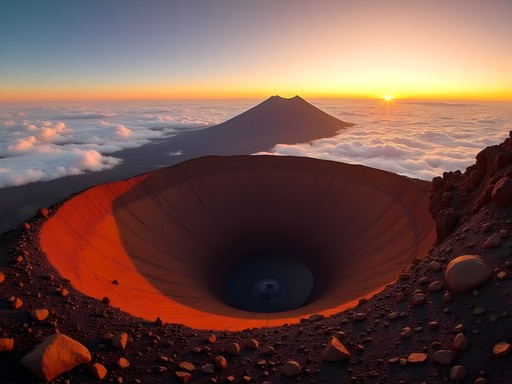
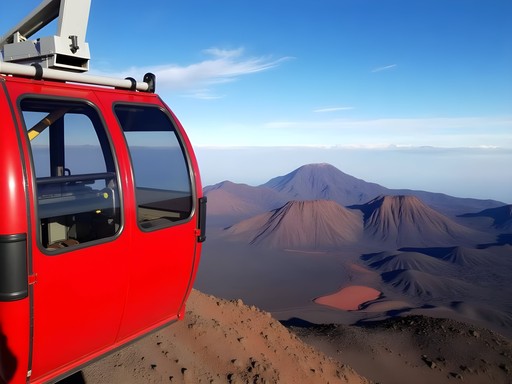




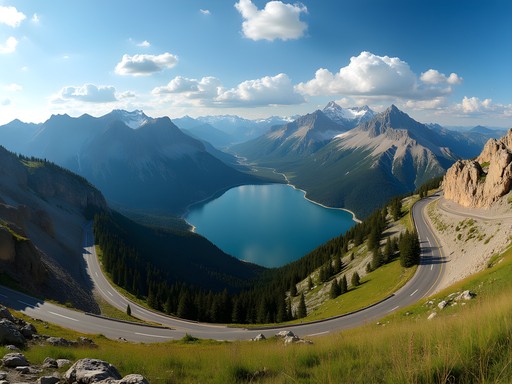
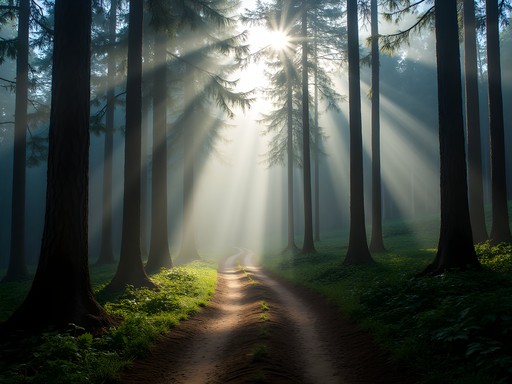
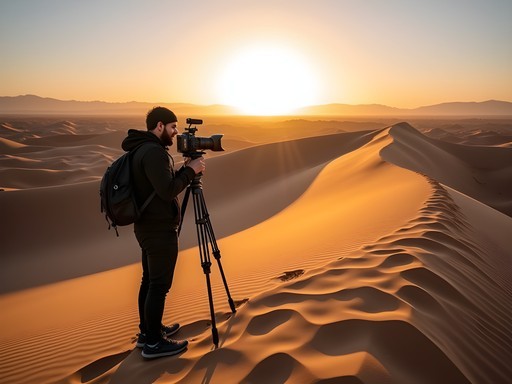
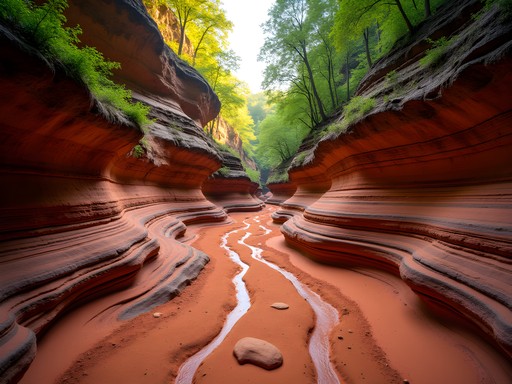
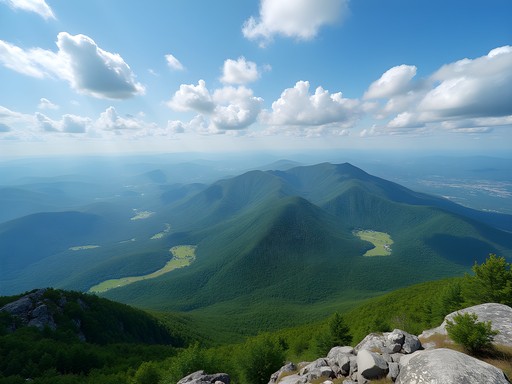
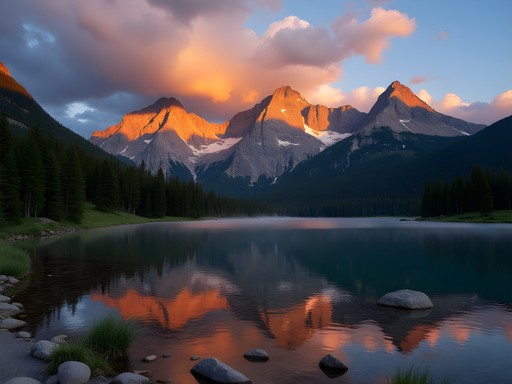
Comments
adventureperson
This looks amazing! I'm visiting Tenerife in November but I've never done a hike like this before. Is it suitable for beginners? And what kind of shoes would you recommend? So excited to try this!
happynomad
You'll be fine if you're reasonably fit! Just proper hiking boots with ankle support - the volcanic gravel can be slippery.
adventureperson
Thanks! That's reassuring. Can't wait to see that sunrise!
luckyninja
Just did this hike last month! Your photos brought back all the feels. One tip for anyone planning this: the altitude is no joke. I'm pretty experienced with hiking but still felt a bit dizzy above 3000m. Take it slow, drink tons of water, and maybe spend an extra day acclimatizing in a town at mid-elevation if possible. The lunar landscape halfway up was my favorite part - felt like walking on another planet! Did anyone else notice how the vegetation changes completely as you go up? From pine forests to literally nothing but volcanic rock?
smartzone
How hard is it to get those summit permits? Planning a trip for next March but worried about missing out!
starmood
Book the SECOND they become available (3 months before). Set an alarm! March should be easier than summer months though.
nomadexplorer3176
Great write-up! Did you find the Altavista Refuge comfortable enough? I'm wondering if it's worth staying there or just doing the day hike without the sunrise. Also, how difficult was the final stretch to the summit? I'm reasonably fit but not a hardcore hiker.
luckyninja
Not the author but I stayed at Altavista last summer. It's basic but clean - bunk beds, shared rooms. DEFINITELY worth it for the sunrise though! The final stretch isn't too bad if you take it slow. Just the altitude that gets you.
nomadexplorer3176
Thanks for the insight! Think I'll book the refuge then. Sunrise looks too good to miss.
bluelife
This looks amazing but I'm not super fit. Is it doable for someone who only hikes occasionally? I'm in my 40s and reasonably active but not an athlete by any means!
Gabriella Greene
@bluelife Absolutely doable! I'm 60 and managed it fine. If you're concerned, the cable car takes you most of the way up, then it's about a 1.5-hour hike to the summit (with permit). The altitude is the main challenge, not the terrain. Take it slow and you'll be fine!
Douglas Bradley
Gabriella, your account of Mount Teide brings back memories of my own ascent last autumn. The contrast between the volcanic landscape and the view of neighboring islands is truly remarkable. One thing I'd add for readers: securing permits well in advance is absolutely crucial - I nearly missed out because I only tried booking 3 weeks ahead. The geological formations along the trail provide fascinating insight into Tenerife's volcanic history. Did you notice how the temperature drops dramatically as you ascend? I found my insulated jacket essential even though it was quite warm at sea level.
adventureperson
How far in advance did you book your permit? Planning to go in January!
Douglas Bradley
For January I'd recommend booking at least 2 months ahead. Winter permits go quickly because of the clearer skies!
happynomad
Amazing photos of that sunrise! Teide has been on my bucket list for years. This might be the push I needed!
Douglas Bradley
It's absolutely worth it. I did this hike last year and the sunrise is even more spectacular in person.
Lillian Diaz
Gabriella, your post brought back so many memories! I celebrated my 26th birthday summiting Teide last year. The night at Altavista Refuge was unforgettable - falling asleep to that star-filled sky and waking up for that golden sunrise moment. One tip for anyone planning: the refuge gets COLD at night, even in summer. My thermal sleeping bag liner was a lifesaver since the blankets provided are pretty thin. Also worth mentioning that the refuge's food options are limited, so pack good snacks! The hot chocolate they serve at dawn before the summit push might be the best I've ever tasted though!
bluelife
Thanks for the sleeping bag tip! Was planning to just rely on the refuge blankets. Did you need to book Altavista far in advance too?
Lillian Diaz
@bluelife Absolutely! I booked Altavista about 3 months ahead for a July stay and it was already filling up. They only have around 54 beds total, and they go fast, especially for weekend dates.
starmood
Did this last summer! Cable car up, then hiked to summit. Those permits are hard to get!
Frank Garcia
Great guide, Gabriella! I summited Teide last year and can confirm the permit process is crucial. I'd recommend booking at least 2 months in advance if you're going during peak season (May-September). The altitude hit me harder than expected - took 3 liters of water and still felt dehydrated. The volcanic landscape truly feels like walking on another planet. Did you experience any altitude sickness symptoms? I had a slight headache despite acclimatizing at Altavista.
Gabriella Greene
Thanks Frank! I did feel a bit lightheaded near the summit, but staying overnight at Altavista definitely helped with acclimatization. And yes, the water situation is no joke - I went through all 3 liters of mine too!
smartzone
Is the altitude really that bad? I'm planning to go but have never hiked above 2000m before. Should I be worried?
Frank Garcia
@smartzone It's manageable but don't underestimate it. Take it slow, hydrate well, and consider staying at Altavista to help adjust. The views are worth any discomfort!
Venture X
Premium card with 2X miles, $300 travel credit, Priority Pass